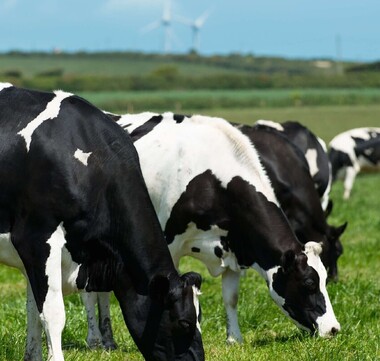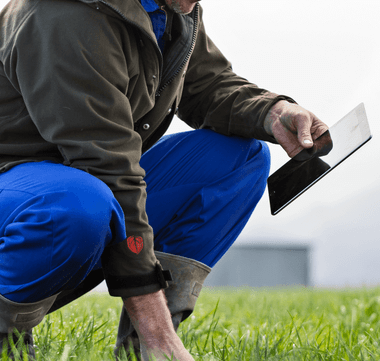BEHAVIOUR
Anyone working with and looking after cattle needs to have an understanding of their behavioural needs. Dairy cattle are social and hierarchical animals and their social ranking is maintained by a range of behaviours, including subtle behaviours that might not be obvious to untrained observers.
Behaviour varies with age and between cows and bulls. And the situations they’re placed in can impact how they express themselves so we need to allow cattle to adapt to the system that is used and manage them appropriately in facilities designed and constructed with their well-being in mind.
Whether they are being managed at pasture or on crop or in off-paddock facilities, dairy cattle need to have the room and environment to lie down, rise up and move around in comfort. They also need to be able to perform normal patterns of behaviour, including grooming themselves and each other, playing (especially for young animals), normal feeding behaviour such as grazing or feeding or foraging to explore, select and consume feed, rumination, lying to rest and maternal behaviours (particularly isolating for calving).
Detailed information about your responsibilities as a person responsible for the welfare of dairy cattle can be found in the Dairy Cattle Code of Welfare.
Herd Improvement
Herd improvement is an active process where farmers are working towards a genetic improvement goal within their herd. For New Zealand dairy farmers, the measure of genetic improvement from one generation of cattle to the next is made through the industry’s Breeding Worth (BW) index.




